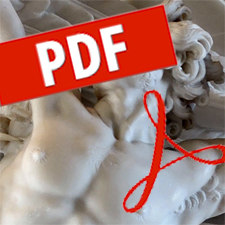
Managing innovation in the stem cell sciences: Australian views from the field
Recent research has shown that governments around the world are implementing a range of strategies intended to maximise national competitive advantage in the growing global stem cell bioeconomy. There are two reasons for this: on the one hand, the global expansion in neoliberal economic policy since the 1970s has resulted in an increasing reliance on the free-market economy for national growth and prosperity; and on the other hand, the crisis of the ageing population and the spiralling costs of healthcare have placed increasing pressures on governments to rationalise precious resources. By indicating support for the growth of nationally competitive industries in a new technology that promises to revolutionise healthcare, such as stem cell science, governments are able to meet the twin demands of neoliberal economic policy and care for the health of national populations. The governments of the UK, China, India, Singapore and Australia were among the first to develop deliberate strategies designed to enhance their local and regional stem cell industries. While most strategies contain quite similar elements, there is yet to be any systematic evaluation of how effective they might be at building support for the stem cell industries. Drawing on interviews conducted in 2009, this paper will examine how stakeholders engaged in the stem cell sciences in one of these locations – Australia – view the effectiveness of state strategies from the front-line of the stem cell innovation process. The aim here is to identify what evidence exists to support specific strategy development.